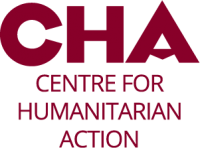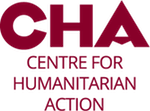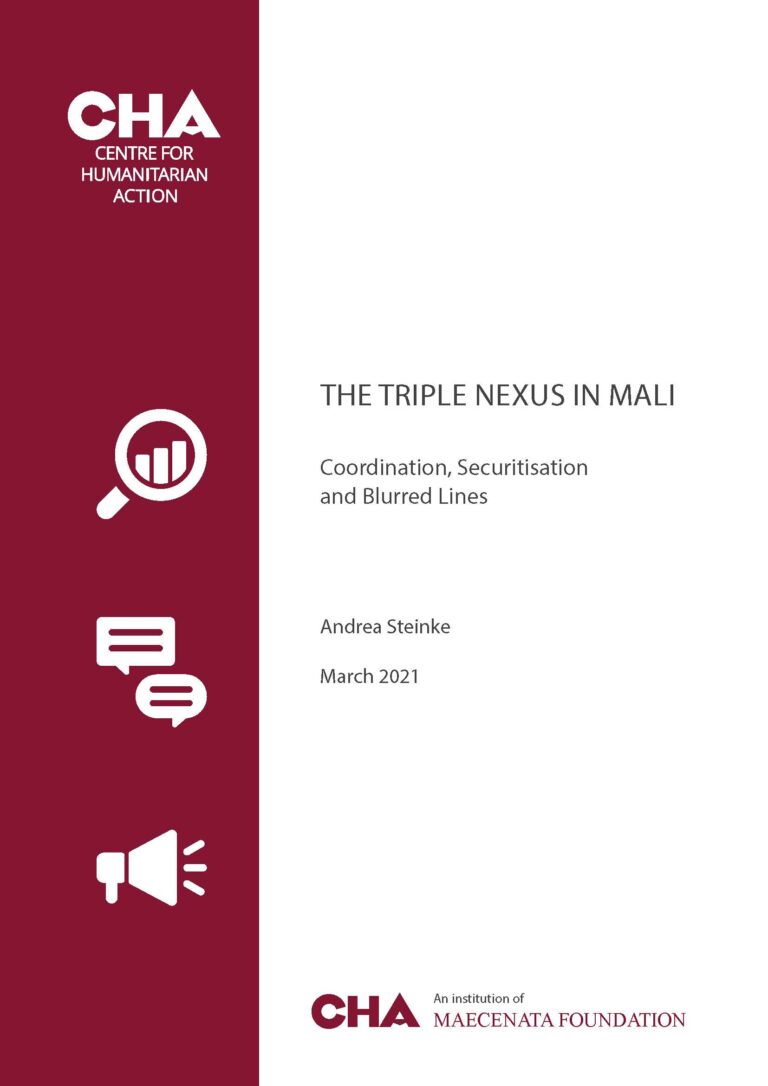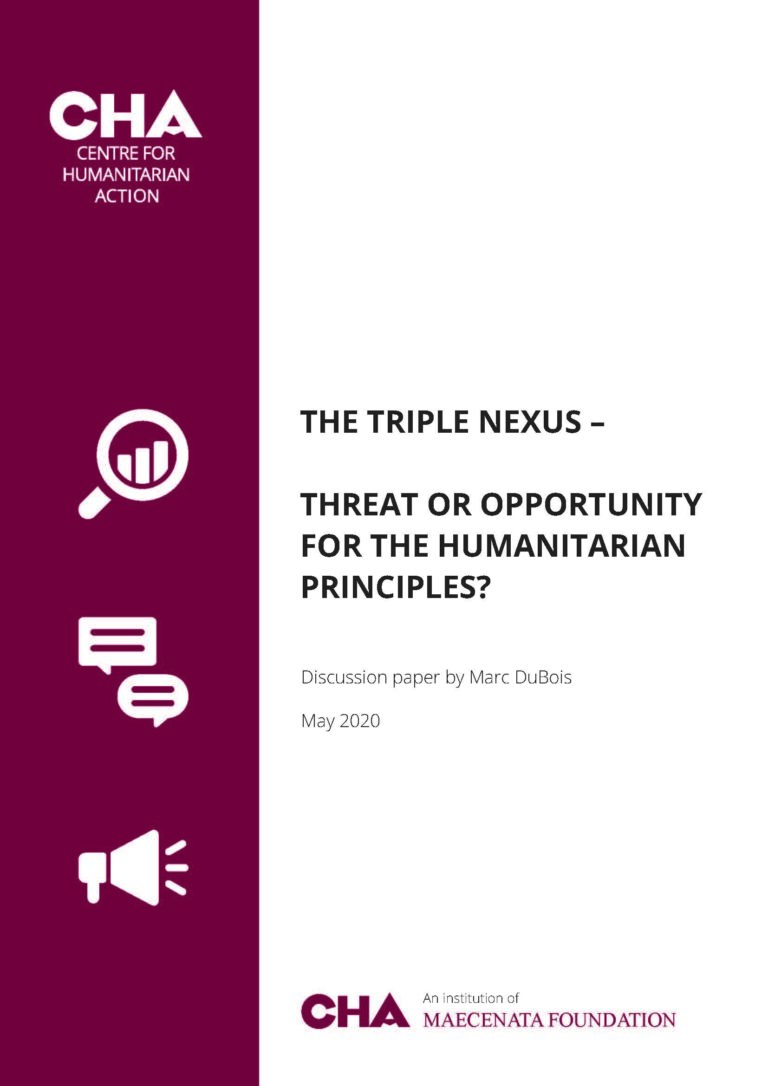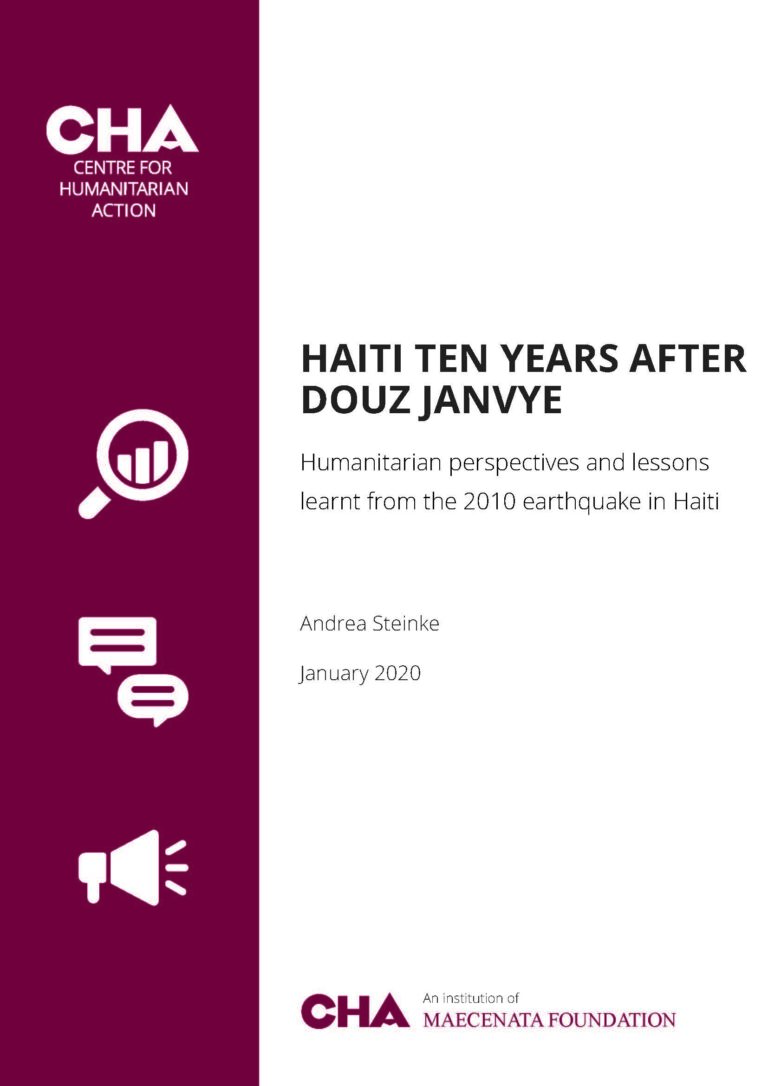| Author: | Andrea Steinke |
| Date: | 22.03.2021 |
| Downloads: |
Paper (EN)
Paper (FR) |
Abstract
Protracted displacement crisis, armed conflict, staggering rates of food insecurity: the current situation in Mali is a case in point for the scenarios envisioned when people started conceptualising and pushing for the Humanitarian-Development-Peace Nexus, also known as Triple Nexus, in 2016. However, in Mali, as in other places, the policy framework is met with scepticism and uncertainty. Research indicates that instead of integrating siloed sectors according to its original intention, the urge to implement Triple Nexus activities divided the sectors in Mali even further. The perception of the Triple Nexus ranged from a rather basic understanding of it as an instrument of coordination between actors from the three sectors, to those classifying it as blurring the lines between peace, stabilisation and counter-terrorism agendas between civilian and military actors and forcing humanitarian actors into a development-security nexus under suspicion of serving the interests of European border regimes. Accordingly, the debates surrounding the Triple Nexus were met by a multitude of challenges further exemplified below.
The publication is available in English and French.
